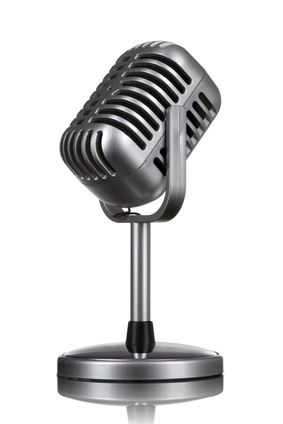
Voice broadcast is not everybody’s friend. Its reputation has undoubtedly been tarnished by an association with intrusive evening calls from unscrupulous telemarketing companies offering you a service you don’t need and didn’t ask for. They were not even polite enough to interrupt your freshly served dinner with a real live person.
The question is, does voice broadcast have a place? And if so, when and how is it most effective? Can it actually be a preferable option to email or text under certain circumstances?
It depends on a number of factors. Firstly, you need cutting edge technology to pull it off in the right way. Secondly, you need to understand how to use that technology. Across various media, people receive 20,000 messages each week. Of those, they retain around 20%. The beauty of voice broadcast is it can help you stand out from the crowd – provided it’s executed well.
Creating an effective voice broadcast campaign relies on four key metrics:
- Recording. The most successful campaigns use the voice talents of recognizable endorsers. People respond well to celebrities; they provide authority, familiarity, trustworthiness – values on which you can’t put a price tag. Ideally, you want a highly recognizable voice. A famous model won’t work as well as, say, a movie actor. If they don’t even need to introduce themselves before you recognize them, it lends credibility to your campaign. A half-day in a recording studio won’t cost the earth – but it could reap dividends for your business.
- Construction. The phrasing of the message needs to hook the listener from the get-go. Study radio commercials to see how it’s done. You need to grab the attention of the audience within seconds – and hold it for a few seconds more. Repetition is a vital part of branding, so make sure you include your product name and business name at least twice in a 30 second message.
- Delivery. Messages must be delivered in a certain way to have impact. If you’ve followed the first rule of thumb and hired an experienced voice actor, they will instinctively know how to achieve this. Enthusiasm, simplicity and mass appeal are the watchwords.
- Timing. This cannot be underestimated. Time it to arrive around dinnertime, and your message will be nothing more than a nuisance call – no matter how well it’s constructed and delivered. It may seem counterintuitive, but aim to deliver your message during the daytime so it hits voicemail or an answering machine. If they can listen at their convenience, they may ignore it – but they certainly won’t be annoyed by it, and many people will take 30 seconds out of their schedule to see what you have to say. If you’re offering something of value, they will listen to the end, and you may have just won a new customer.